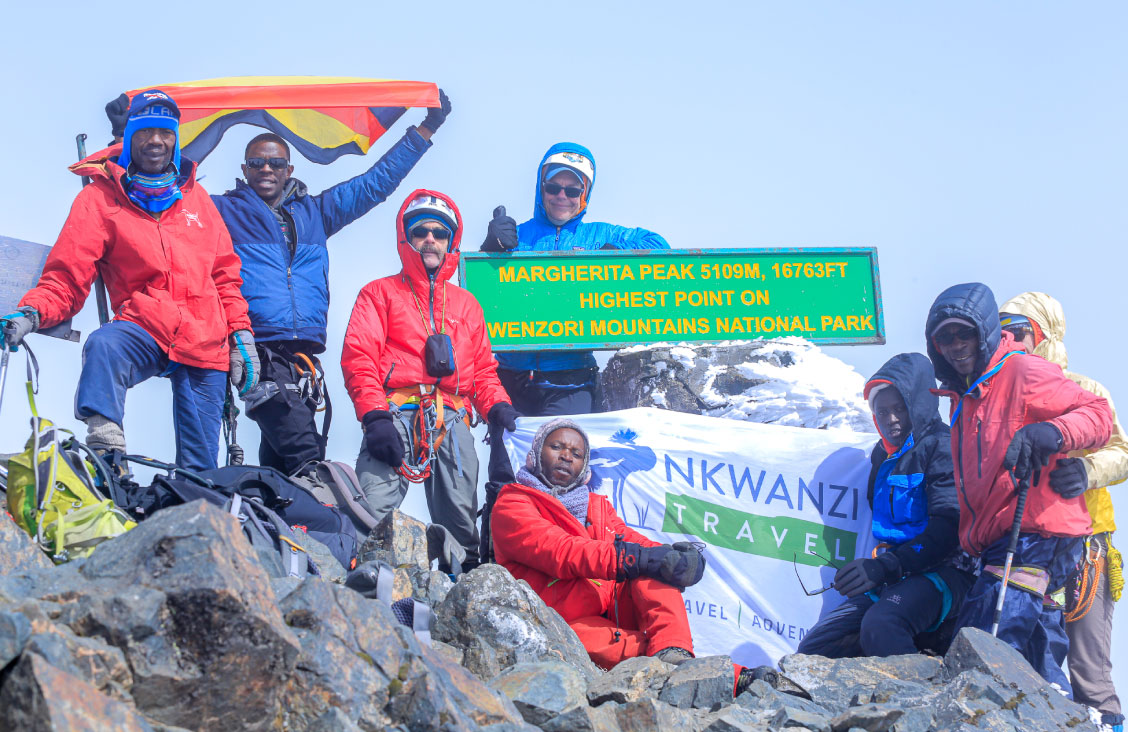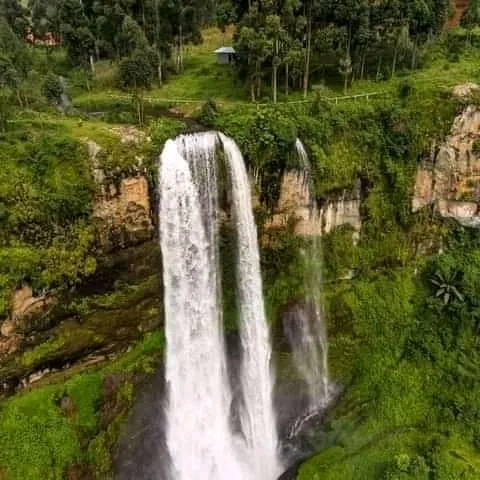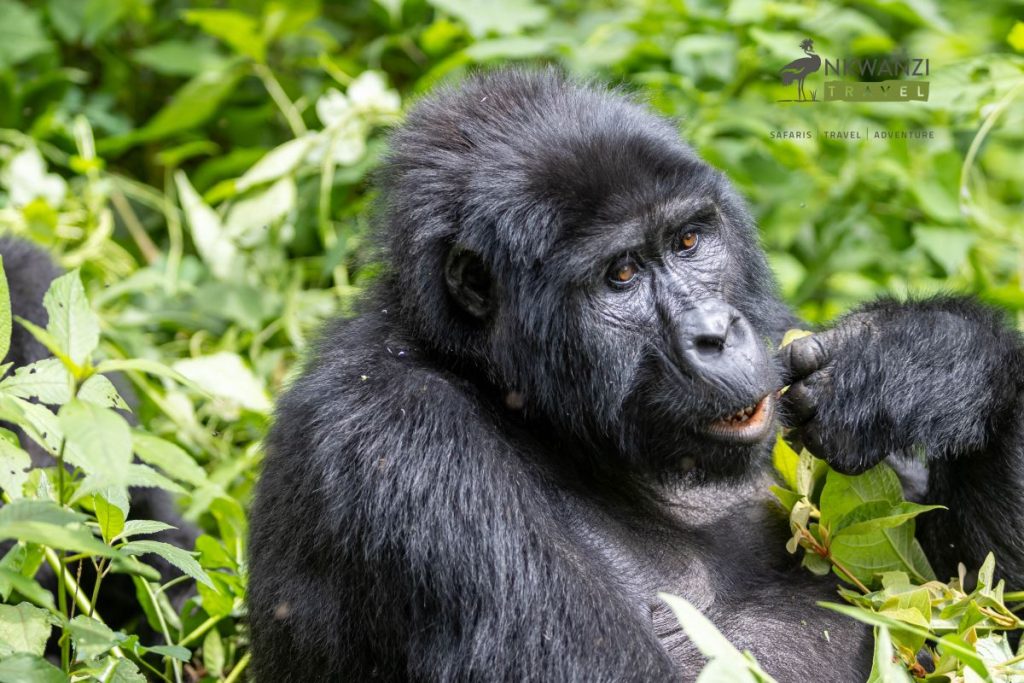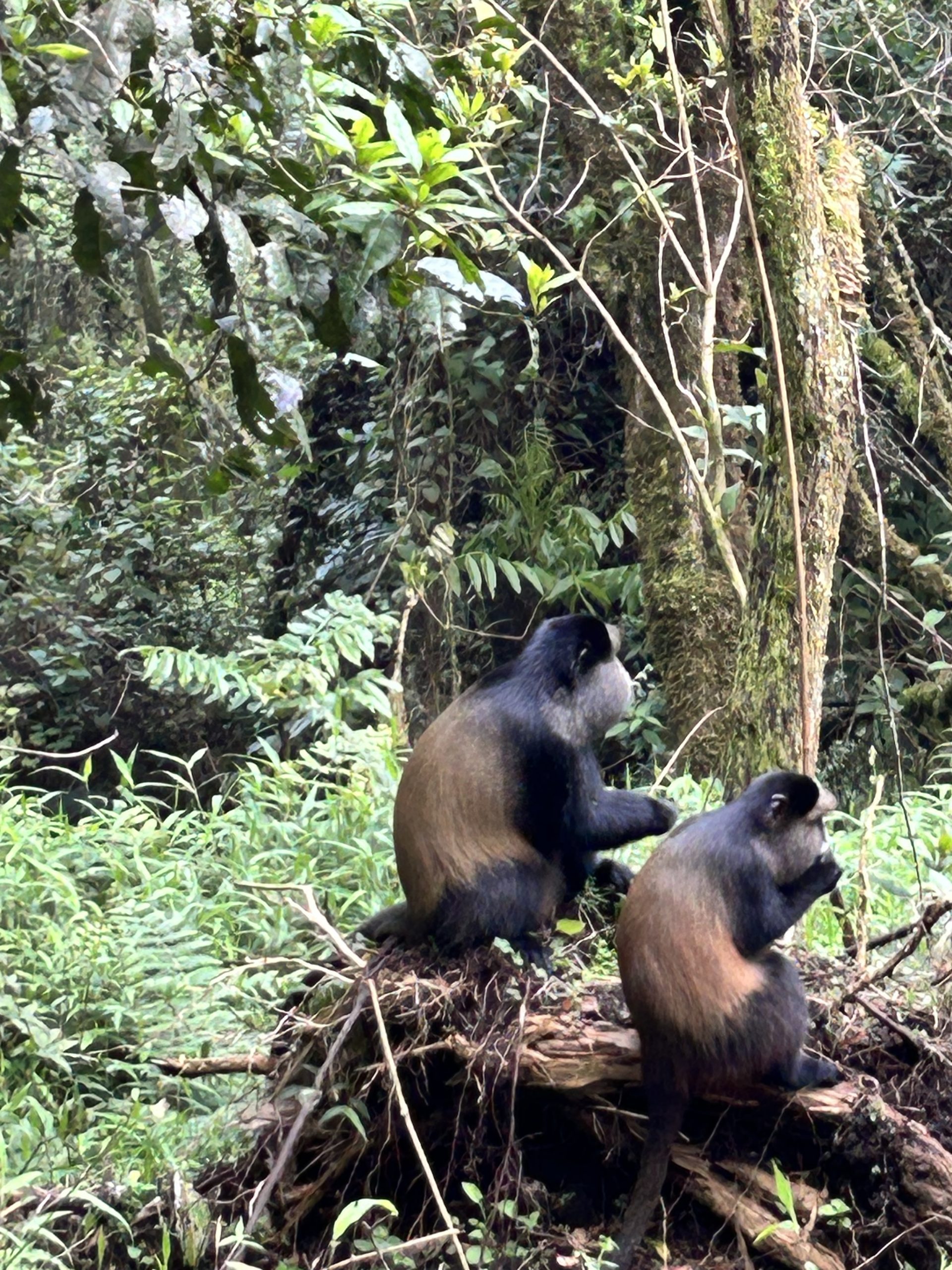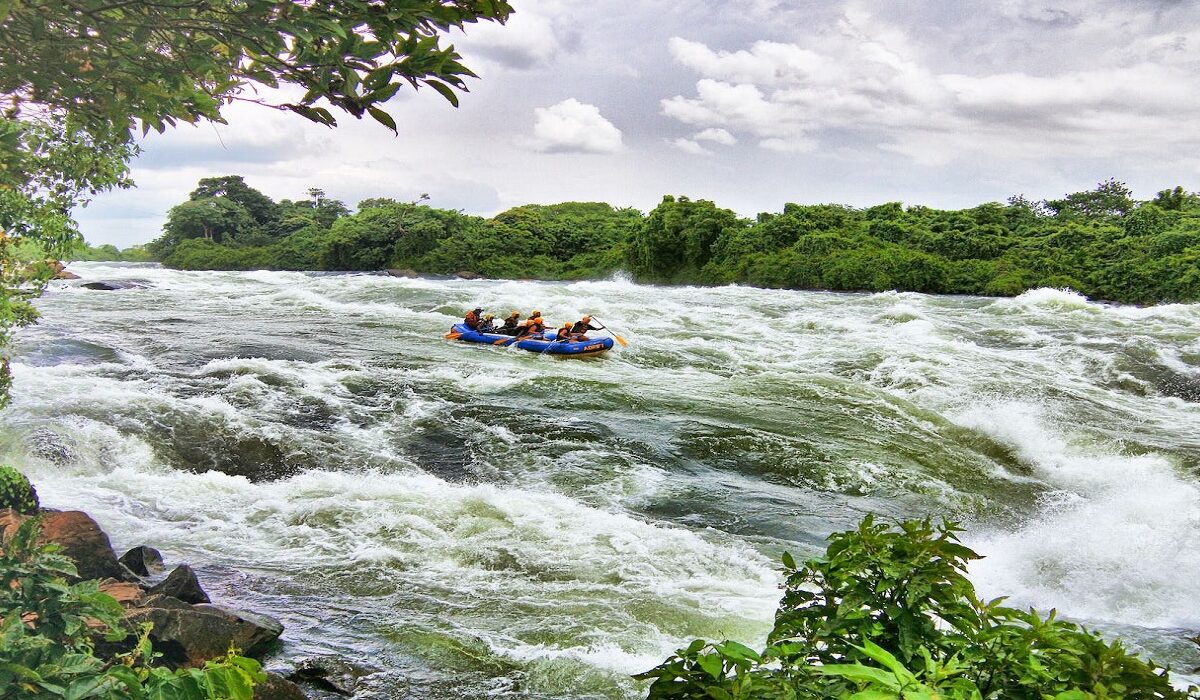The Virunga Volcanoes
Mgahinga National Park has three of the series of the Volcanoes that form the Virunga Region. These great ranges offer great scenery and opportunities for hiking to travelers visiting the park. Whether you are a seasoned mountain climber or starter, a hike volcanoes is an experience that you will not forget. The Virunga is characterized with different vegetation zones that correspond closely to the East African mountains – the afromontane fores below the 2,500m, typical bamboo in areas between 2,500 to 3500m and Afro-alpine moorland in areas above 3500m.
The Virunga gorillas inhabit all the six of the extinct or dormant volcanoes. The Virungas also form the stronghold of the endangered golden monkeys and support relic populations of elephants, buffaloes, yellow backed duiker, and giant forest hog. Mgahinga Gorilla National Park is home to three of the eight conical Virunga Volcanoes. Two of these volcanoes are shared with the Volcano National Park while the Sabinyo volcano is shared with Uganda, Rwanda and DR Congo
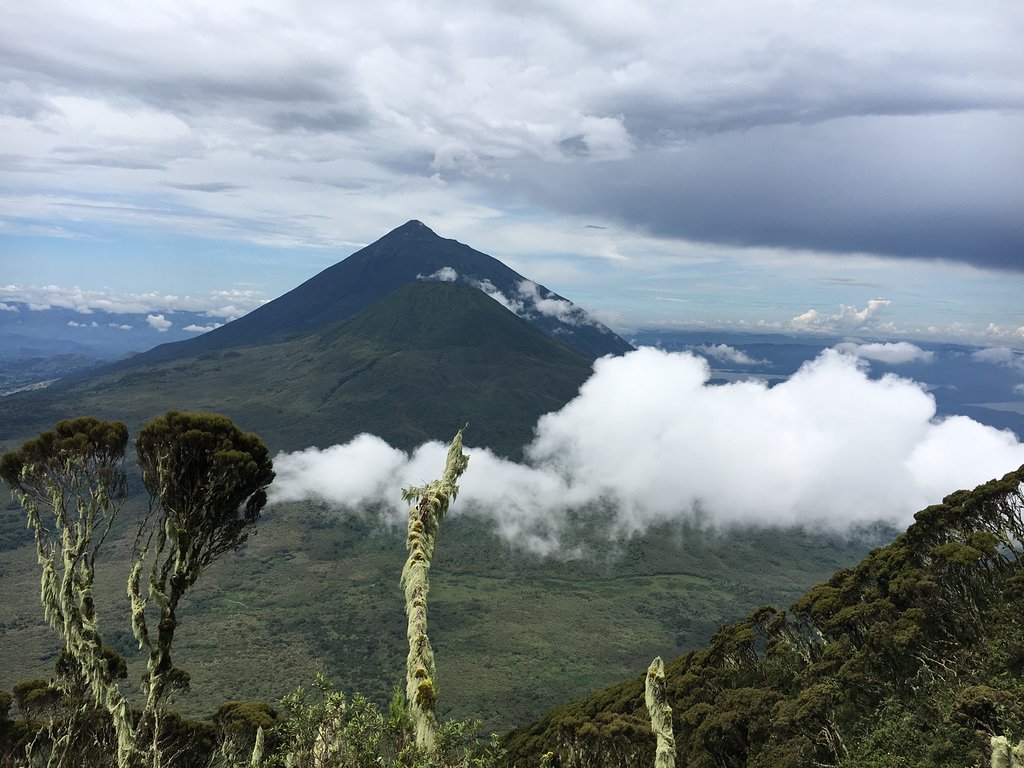
Mount Sabyinyo (3669m)
The ‘Old man’s teeth, like an old man, the time has weather-beaten Mt. Sabyinyo’s crown. Seeing the ‘Old man’s teeth on the top of Mt Sabinyo is another superb exploration. This volcano has 3 challenging peaks to climb. Climbing the mountain takes one up an edge along the eastern side of the climb to the peak. If you are to continue, the climb to peak 11 involves walking a ridge with breath-taking drops into the gorges of Rwanda and Uganda, a dual experience you will achieve here and enjoy.
The hike up to peak 111 is steep with several ladders and mush scrambling. Your hands have to get dirty en-route to peak111! But once you reach the top, you will be in Rwanda, the Democratic Republic of Congo, and Uganda, what a triple memorable experience this one is!!! The journey takes about eight hours round trip to cover the 14km stretch.
Mount Gahinga (3474m)
As you are on your way to the park, you will come across small piles of stones in the garden fields locally known as ‘Gahinga’. Mount Gahinga is pretty bigger than the average ‘Gahinga’ but sitting next to Mount Muhavura makes it turn out to be visibly small. Here, a six-hour hike round expedition goes through a good model of a pure Bamboo jungle. Mt. Gahinga at one time had a Crater Lake on its peak but time has altered it into a flourishing swamp which is 8km away.
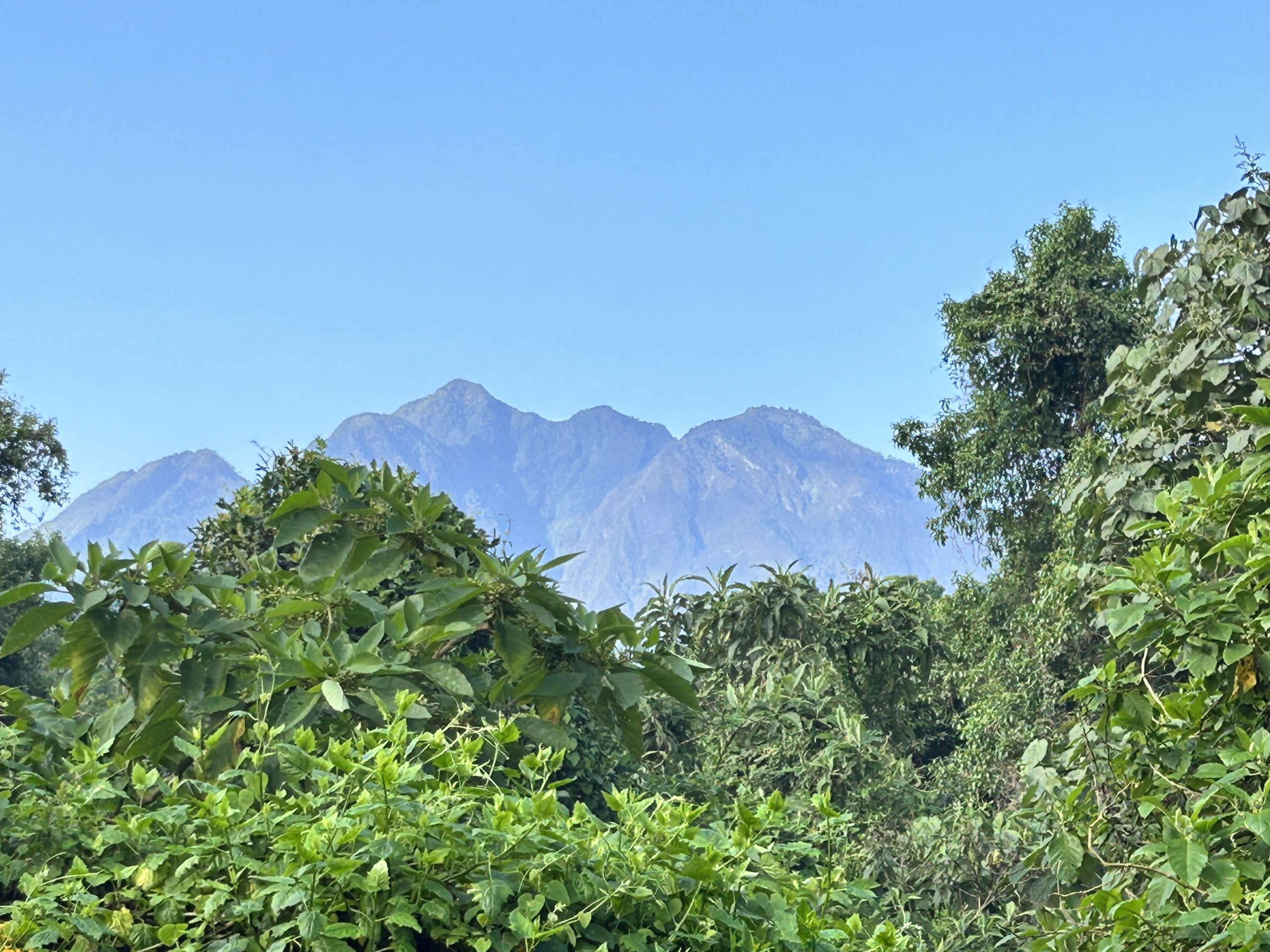
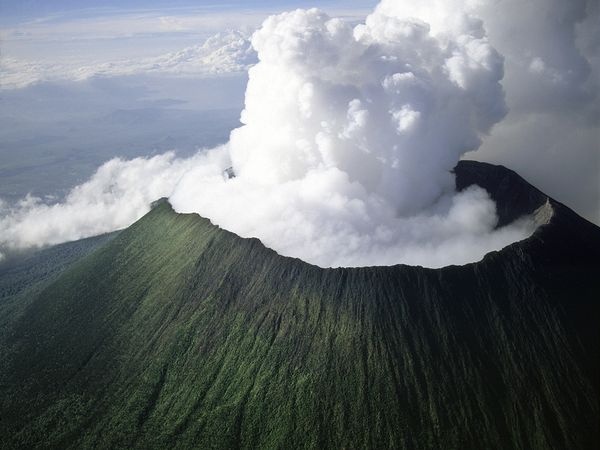
Mount Muhavura (4127m)
One can well see this volcano from all over Kisoro which acts as a point. The emblematic cone-shaped Mountain provides some of the best views in Uganda. For the most part of the hiking passes a rocky exterior enclosed by grasses and small vegetation. Hikers are presented with the sight of the Virunga volcanoes, Lake Edward in Queen Elizabeth National Park, Bwindi, and the Peak of Rwenzori Montains once at the top of Muhavura. The trekking exercise takes about 8 hours round trip covering 12km. One is advised to base camp at the Muhavura campsite the night before hiking because the place has no facilities hence you need a tent, water, food, and sleeping stuff amongst others.
Mount Karisimbi
Hiking to the top of Mt Karismbi is one of the key tourism activities you should not miss on your Rwanda safari to Volcanoes National Park. Rising at an elevation of about 4507m above sea level is MT. Karisimbi, a stratovolcano which is the highest of the eight major volcanoes of the Virunga field and the 5th highest in Africa. It strides along the border between Democratic Republic of Congo and Rwanda on the western branch of the African Rift valley. Karisimbi lavas have been dated from 0.24 Ma to 0.010 Ma indicating that the volcano is very young. The name Karisimbi is derived from the word ‘amasimbi’ in Kinyarwanda which means “white shell”, referring to the white-capped summit which is often seen on top of this volcano. It is flanked by Mikeno to the north, Bisoke to the east and Nyiragongo to the west, on the other side of the Rift Valley. The mountain is situated in Volcanoes national park, popularly known for the mountain gorillas.
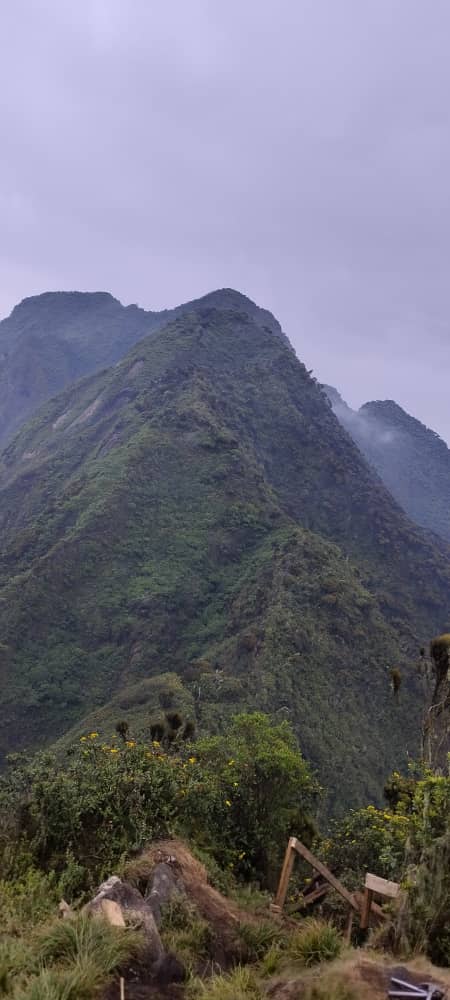
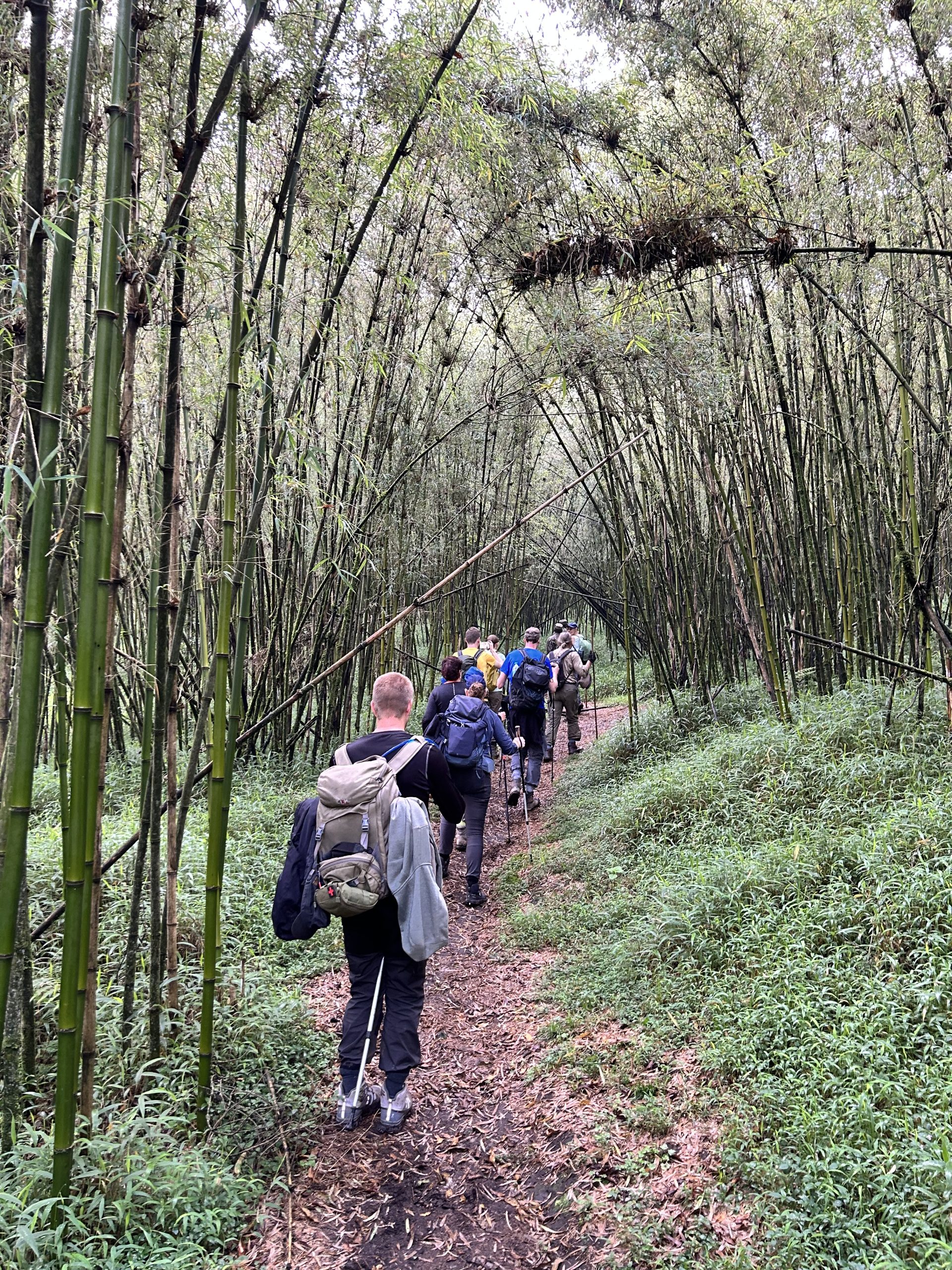
Mount Bisoke
Mount Bisoke is a home to mountain gorillas. These primates are by large Rwanda’s most valuable tourism attraction. The rich bamboo forests and other vegetation surrounding the mountain provide ideal shelter and food for Mountain Gorillas However Hiking Mount Bisoke is also a favorite activity for many visitors to the Volcanoes National park. Hiking Mount Bisoke should be on your bucket list when visiting Rwanda. Mount Bisoke is one of the active volcanoes found within the Virunga ranges of mountains. With a height of 12,175 ft, Mount Bisoke lies within the borders of Rwanda (Volcanoes National Park) and DR Congo (Virunga National Park). The summit and greater part of the mountain is in Rwanda. Mount Bisoke was formed as a result of a rift valley that is gruadually dividing the sections of East Africa

